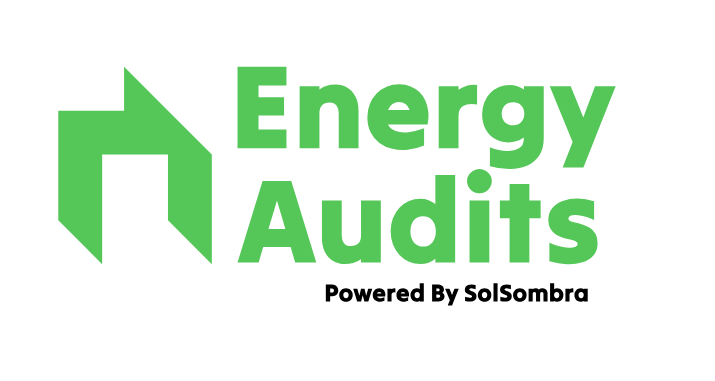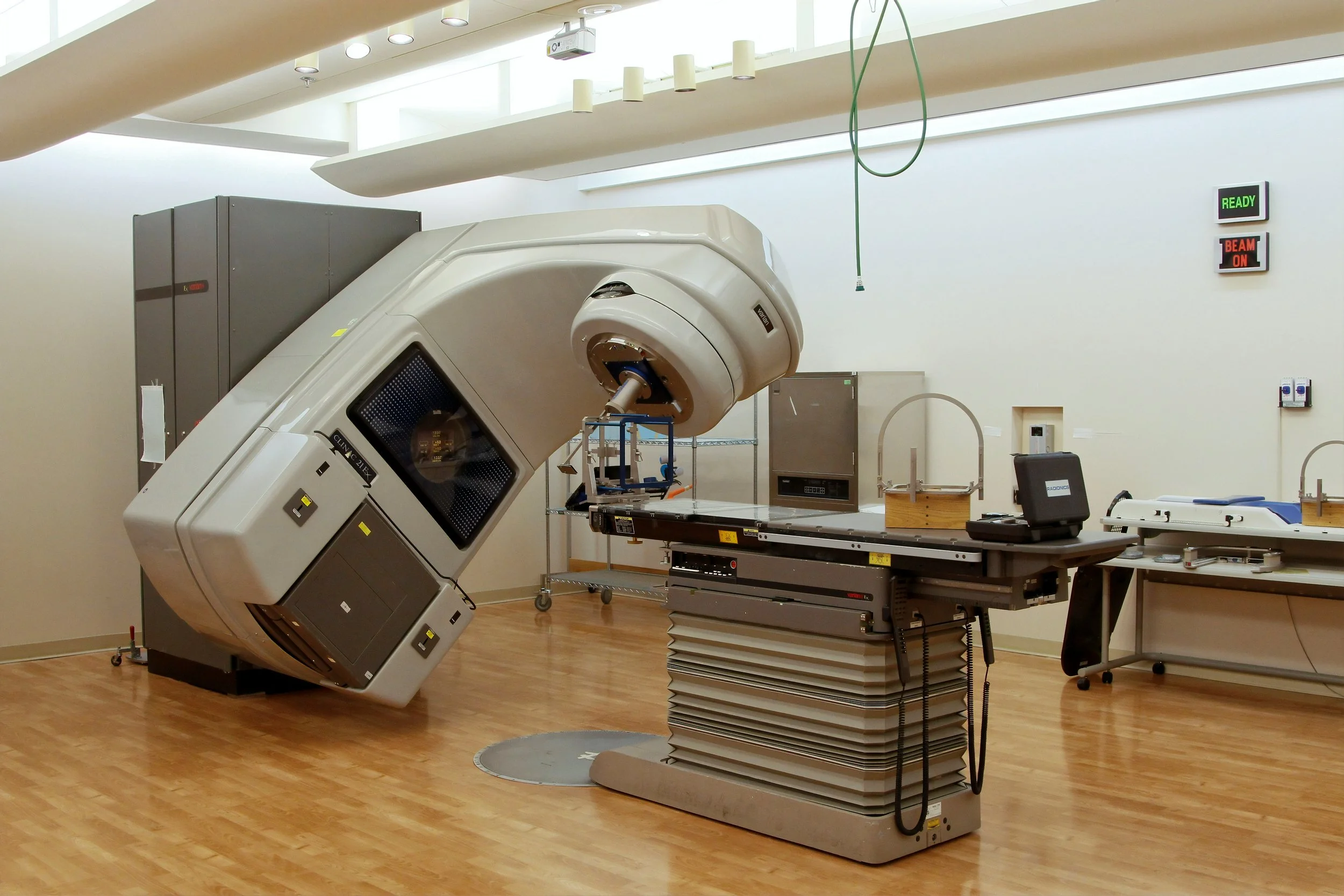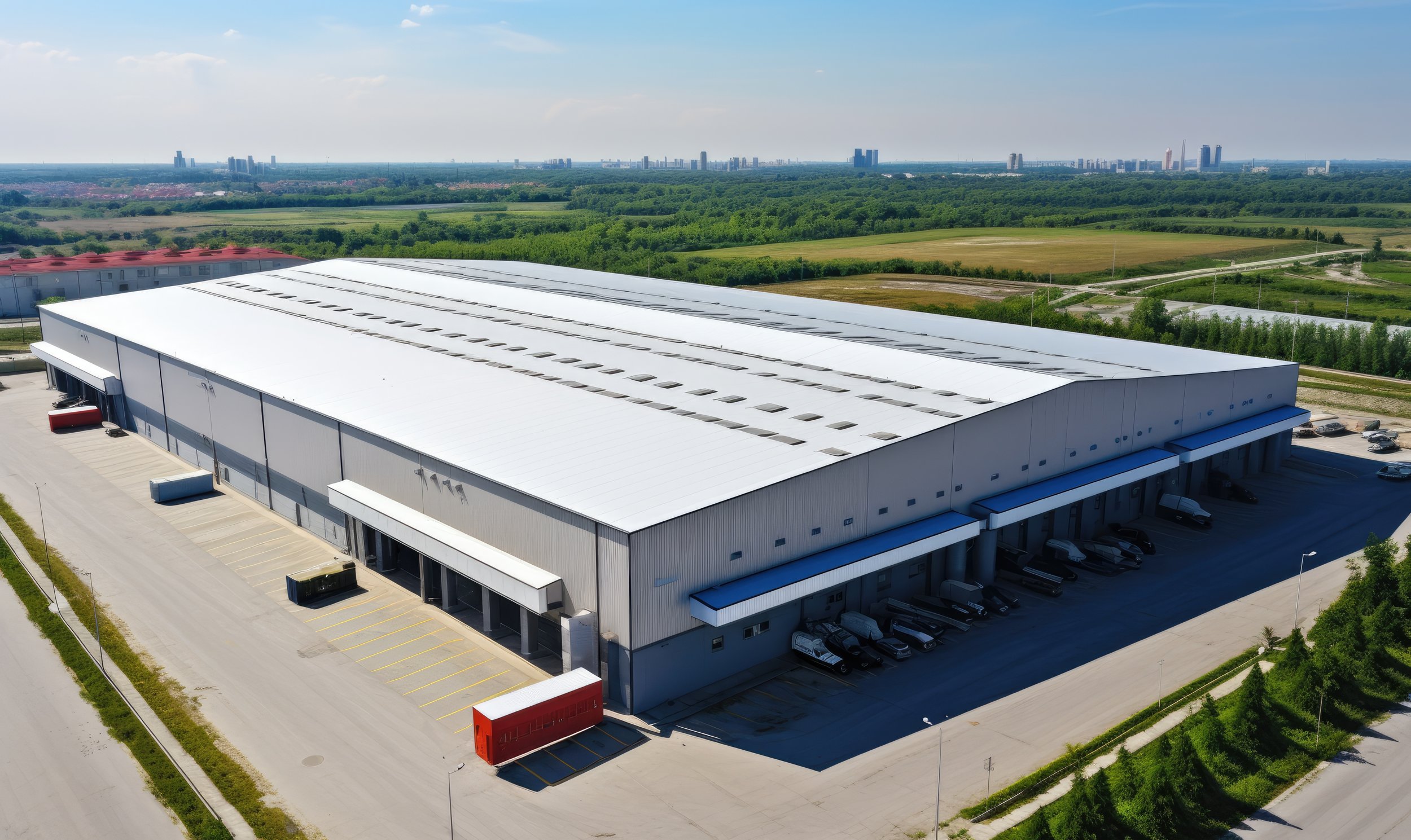
Energy Audits for
Commercial Real Estate
Get in Touch
Energy Use in Commercial Real Estate (CRE)
The commercial real estate sector covers a broad range of properties – office buildings, retail shopping centers, mixed-use developments, and warehouses – each with diverse energy demands. A key challenge in CRE is that these buildings often have high energy consumption from HVAC systems, extensive lighting, elevators, and electronic equipment, which can lead to escalating operational costs for owners and tenants alike. Furthermore, many properties have aging infrastructure or designs from an era of cheaper energy, resulting in inefficiencies in insulation, glazing, and control systems. In today’s market, there’s also a strong push for compliance with sustainability standards and certifications (such as NABERS, Green Star, or LEED). Buildings that perform poorly on energy can face pressure to improve or risk obsolescence as tenants increasingly prefer efficient, eco-friendly spaces that align with their own corporate values and help reduce outgoings. Conversely, buildings with strong energy performance can command higher rents and values, as studies have shown – for instance, higher NABERS-rated buildings in Australia enjoy reduced vacancy rates and even rent premiums. Thus, optimizing energy use in CRE is not just about cost, but also about asset competitiveness and value.
Energy Challenges in Commercial Properties
The CRE sector faces significant energy challenges due to:
Diverse Usage Patterns: Commercial buildings often host multiple tenants or mixed uses. An office tower might have a data center tenant on one floor (high 24/7 energy use), traditional offices on others (9-to-5 usage), and retail or food court on the ground floor (different schedule and HVAC needs). Retail centers might have cinemas (late hours, high HVAC for large spaces) alongside shops that close early. These diverse needs make it hard to have a one-size-fits-all energy strategy – systems must cater to various schedules and requirements, often leading to systems running longer or at higher capacity than needed for any one tenant.
Split Incentives: A classic issue in CRE is the split incentive between landlords and tenants. If tenants pay their own utility bills (as in triple-net leases), landlords might be less motivated to invest in energy-efficient capital upgrades that primarily benefit tenants’ bills. Conversely, if energy costs are bundled in rent or service charges, tenants might lack direct incentives to save energy (beyond sustainability commitments). This can slow down efficiency improvements unless lease structures (green leases) or clear value propositions are in place. Overcoming this challenge requires aligning interests, often through transparency (sub-metering and NABERS tenancy ratings, for example) and cooperative approaches.
Infrastructure Legacy: Many CRE assets were constructed decades ago and now face retrofit necessity. Aging HVAC systems may be at end-of-life, using outdated refrigerants and consuming much more energy than new models. Lighting might still be older fluorescent or metal-halide, especially in parking garages or large atriums. Building management systems might be primitive or non-existent, leading to manual control and suboptimal scheduling. The building envelope (walls, windows) might not meet modern energy codes – e.g., single-pane glass curtain walls that look sleek but allow significant heat transfer. All these factors contribute to energy inefficiency. However, retrofitting them can be capital-intensive and logistically complex (imagine replacing all glazing on an occupied high-rise). Owners often phase upgrades over time, but identifying the best order (which retrofit yields most benefit) is a challenge an energy audit can inform.
Compliance and Market Pressure: There is growing regulatory pressure on commercial buildings to be energy efficient. For instance, several cities and countries require energy performance disclosures or have minimum efficiency standards for existing buildings. NABERS in Australia is effectively mandatory for larger office lease transactions (through the Building Energy Efficiency Disclosure Act), meaning building owners must have a NABERS rating to show prospective tenants. If a building scores poorly, it’s a competitive disadvantage. Also, investors and large corporate tenants are increasingly focused on ESG. Real estate portfolios are expected to report energy and carbon performance and have improvement plans. This pushes CRE owners to address energy use strategically across their properties or risk losing investors and top-tier tenants to greener buildings.
Operational Complexity: Large commercial properties often have complex energy systems: central plants that serve multiple buildings, sophisticated lighting controls, sometimes co-generation systems or district cooling loops. Managing these systems optimally requires skilled operators and continuous commissioning, which can be challenging to maintain. Many buildings “drift” from their original commissioning – schedules overridden, sensors out of calibration – leading to creeping inefficiency. Without periodic re-tuning (which an energy audit can facilitate), even initially efficient buildings can become guzzlers over time.
Opportunities for Energy Efficiency
Commercial real estate stakeholders have many opportunities to enhance building performance and reduce costs:
Energy Audits and Continuous Commissioning: It starts with identifying inefficiencies via energy audits, which offer CRE owners a clear picture of how energy is used and wasted. Regular re-commissioning or continuous commissioning of building systems can keep performance optimal. Software analytics (Building Energy Management Systems) can continuously analyze data to flag issues (like simultaneous heating and cooling, or equipment running outside scheduled hours). By tracking key metrics (kWh per square meter, for instance), owners can set improvement targets and verify savings from upgrades.
HVAC and Controls Retrofits: Identifying HVAC inefficiencies is often the biggest win. Upgrading chillers, boilers, or rooftop units to modern efficient models can save substantial energy. Even more, advanced controls can revolutionize performance: for example, implementing zone-level controls that adjust air flow and temperature based on occupancy and usage (using VAV terminals, smart thermostats, or zone dampers) ensures not all areas get full conditioning at all times. Installing smart sensors (like occupancy and CO₂ sensors in tenant spaces) can allow the system to provide conditioning only when needed. In multi-tenant offices, a building might reduce after-hours HVAC to a minimum and only ramp up for specific floors where a tenant has requested after-hours service (sometimes through an app or online portal). This kind of demand-driven HVAC drastically cuts wasted energy. Additionally, integrating weather forecasting into the control system can optimize pre-cooling or heating – for instance, on a predicted hot day, the system might start a bit earlier to avoid expensive peak hours later.
Improving Insulation and Air Sealing: For older properties, envelope improvements are key. While replacing all glass might be tough, options like adding a secondary glazing (interior storm windows) can improve insulation without altering appearance. Applying window films can reduce solar heat gain in summer. Ensuring that lobby doors have vestibules or automatic closers, sealing penetrations and cracks, and insulating roofs and walls (where possible, e.g., during other renovations) will reduce HVAC loads. Such improvements often have ancillary benefits like reducing drafts and improving occupant comfort. In retail centers, simply adding air curtains or better door management can cut the loss of conditioned air at entrances where doors open frequently.
Lighting and Plug Load Management: Upgrading lighting to LED throughout common areas (lobbies, hallways, parking structures) and encouraging or incentivizing tenants to do the same in their spaces can yield large savings. For example, many parking garages in commercial buildings ran 24/7 lights; with LEDs and occupancy sensors, these can be dimmed when no motion is detected, saving energy while maintaining safety (they brighten when a car or person enters). Daylight harvesting in perimeter offices and atriums can significantly cut lighting use during daytime. On the plug load side, owners can influence tenants by offering green lease clauses or fit-out guidelines recommending Energy Star appliances, central printing stations instead of many personal printers, and sub-metering so tenants see their own usage data. In some cases, owners install networked outlet controls in shared spaces which can shut off or power down equipment (like a fan or coffee machine in a pantry) during off hours.
Smart Building Technologies: Adopting smart building technologies can further optimize energy use. This includes IoT sensors (temperature, humidity, occupancy, light level, etc.) distributed around the building providing granular data to the central EMS, which can fine-tune conditions. Analytics software with AI can learn a building’s thermal behavior and suggest optimizations (like “pre-cool this building 1°C more before 3 pm peak, then coast, to save energy at high price hours” or detect that a particular motor is drawing more power than usual indicating a need for maintenance). Some CRE owners implement tenant engagement apps where tenants can see their comfort control (within limits) and energy performance, turning efficiency into a collaborative effort. In multi-use developments, central plants can be optimized to share loads efficiently between uses (e.g., waste heat from an office’s data center could provide hot water to a neighboring residential tower’s showers – a synergy often identified in mixed-use audits).
Renewable Energy and Green Certifications: CRE owners have opportunities to incorporate renewables on-site or procure them off-site. Installing solar PV on roofs or as covered parking for office campuses and retail centers is quite common now. Some are exploring power purchase agreements (PPAs) or joining green power programs to offset what they cannot generate on-site. Another angle is energy storage: adding batteries to reduce peak demand or provide backup can enhance resiliency (a value-add for tenants concerned about reliability) and cut costs. Achieving green building certifications (like LEED, BREEAM, or NABERS for base building) often encapsulates many efficiency measures, and the audit’s recommendations directly feed into obtaining such credentials. A property with solar panels, efficient HVAC, and high NABERS rating is positioned as a premium, future-proof asset in the market.
Overall, these improvements in energy efficiency offer significant ROI for CRE. Lower energy use means lower operating expenses (good for owners if they pay, or for tenants if they pay – either scenario benefits the asset through higher net income or more satisfied tenants). It also means improved marketability: modern tenants (especially large corporates) often have their own sustainability mandates which include leasing space in green buildings. Being able to offer a building that helps tenants meet their goals (like a high NABERS tenancy rating potential) is a competitive advantage. There’s also the future-proofing element: as energy codes tighten and carbon policies emerge, buildings that are already efficient and perhaps using renewables will be ahead of compliance and less exposed to energy price volatility or carbon pricing.
How Energy Audits Can Help Commercial Real Estate Owners
Energy audits offer CRE stakeholders a detailed map of where a building or portfolio stands and how to improve. For property owners and managers, an energy audit uncovers not just obvious issues (like old lighting) but often subtle control problems or interaction effects. For example, an audit might find that a building’s heating and cooling systems are running concurrently in shoulder seasons due to a control sequence issue – something that could be costing thousands per year unnoticed. Or it could reveal that by slightly changing the static pressure setpoint on air handlers, significant fan energy could be saved with no comfort loss.
For multi-tenant buildings, audits often include a breakdown of base building vs. tenant energy use. This helps in structuring leases and recovery of costs. It can also identify if certain tenants are causing disproportionate strain (e.g., a tenant whose office has a server room might justify an HVAC upgrade funded partly by them or a special arrangement). The audit provides evidence-based recommendations that owners can take to tenants or use in capital planning.
At the portfolio level, we help owners benchmark properties against each other (or against external datasets). If one building in the portfolio is significantly less efficient, resources can be allocated there first. If another is a star performer, its best practices (say, an excellent BMS programming or maintenance regime) can be standardized across other properties. Essentially, audits guide strategic investment – ensuring that capital is spent where it yields the best energy and financial return.
A big benefit of audits in CRE is highlighting low-cost operational improvements. Training building facility staff based on audit findings can yield continuous savings – for instance, teaching them how to regularly calibrate sensors, or how to adjust chiller settings with the seasons. It empowers the on-site teams to keep energy efficiency as a maintenance priority, rather than just reacting to equipment failures or comfort complaints.
Implementing audit recommendations in commercial buildings has demonstrable benefits in metrics that owners care about: energy intensity goes down, NABERS/other ratings go up, operating costs drop, and often tenant satisfaction rises (because many efficiency measures also fix longstanding comfort or operational issues). In turn, these improvements can be cited in marketing materials, green building scorecards, corporate sustainability reports, and in discussions with potential tenants.
From the financial perspective, many CRE owners find that investing in energy efficiency yields very high returns – frequently higher than the cap rates of their properties. For example, spending $100k on an efficiency project that saves $20k/year in energy can be like increasing net operating income, which can add much more than $100k in asset value depending on market cap rates (this principle is often used to justify projects to asset managers). And with tools like NABERS, which has been shown to correlate with higher rents and lower vacancies, the audit’s role in boosting ratings has a direct link to revenue side too.
In summary, the energy audit serves as a decision-making tool for CRE owners: it identifies risks (e.g., “your chiller is on its last legs and very inefficient – replace in next 2 years or risk failure”), opportunities (“LED retrofit will pay back in 3 years and improve lighting quality”), and strategies (“recommission HVAC now and every 3 years to maintain performance”). It quantifies benefits, helping owners prioritize projects that align with both sustainability goals and financial objectives. For many CRE owners, the audit is the first step toward transforming an average building into a high-performance asset that meets the expectations of the modern market and emerging regulations.
Individual Property Owners (SMEs): We assist smaller commercial property owners – for example, someone who owns a few retail strip malls or a mid-sized office building in a regional center – in understanding and improving their buildings’ efficiency. These owners may not have in-house energy experts, so our audits provide clear guidance on practical steps: maybe updating an older packaged HVAC unit, tuning parking lot lighting schedules, or adding insulation to a rooftop when re-roofing. Such improvements can make their properties more attractive to local tenants (lower utility bills, better comfort) and improve their net income. We often help identify applicable local incentives or rebates for these owners as well, making projects more affordable.
Government & Council Real Estate: Governments and local councils often own portfolios of commercial buildings (from office spaces for their staff, to public markets, convention centers, or community retail arcades). We work with these public-sector landlords to optimize their buildings, meeting public sustainability commitments and reducing costs. An audit of a council-owned community shopping complex, for instance, might recommend solar PV installation and HVAC zoning improvements that both reduce the council’s operating subsidy and demonstrate renewable energy leadership in the community. For historic government-owned commercial buildings, we find ways to improve efficiency sensitively (like LED lighting that preserves historic character or discreet insulation).
Large Real Estate Corporations and REITs: Major real estate investment trusts and property management firms typically manage dozens or even hundreds of properties and are deeply concerned with metrics like portfolio NABERS averages, GRESB scores (Global Real Estate Sustainability Benchmark), and overall ESG performance. We partner with these corporations to implement systematic energy audits across their holdings, often starting with a subset of representative assets. The audits inform a portfolio-wide energy strategy – for example, identifying that 70% of their buildings could benefit from LED retrofits and centralized procurement could lower costs, or finding which 10 buildings are the worst performers to target first for deep retrofits. Our findings help in setting achievable portfolio energy reduction targets (like 15% reduction in 5 years) and in demonstrating to investors that there’s a clear, expert-backed plan to achieve them. Moreover, as these large firms execute improvements, they often see a market advantage: better ratings and lower emissions profile attract premium tenants (particularly large corporations with their own sustainability requirements for leased space). We provide measurement & verification after projects to show the savings, which feeds into their reporting and marketing. In essence, our audits give big CRE players the data and confidence to invest in energy efficiency at scale, knowing it will improve their bottom line, asset values, and reputation in the industry.
Industries Served













